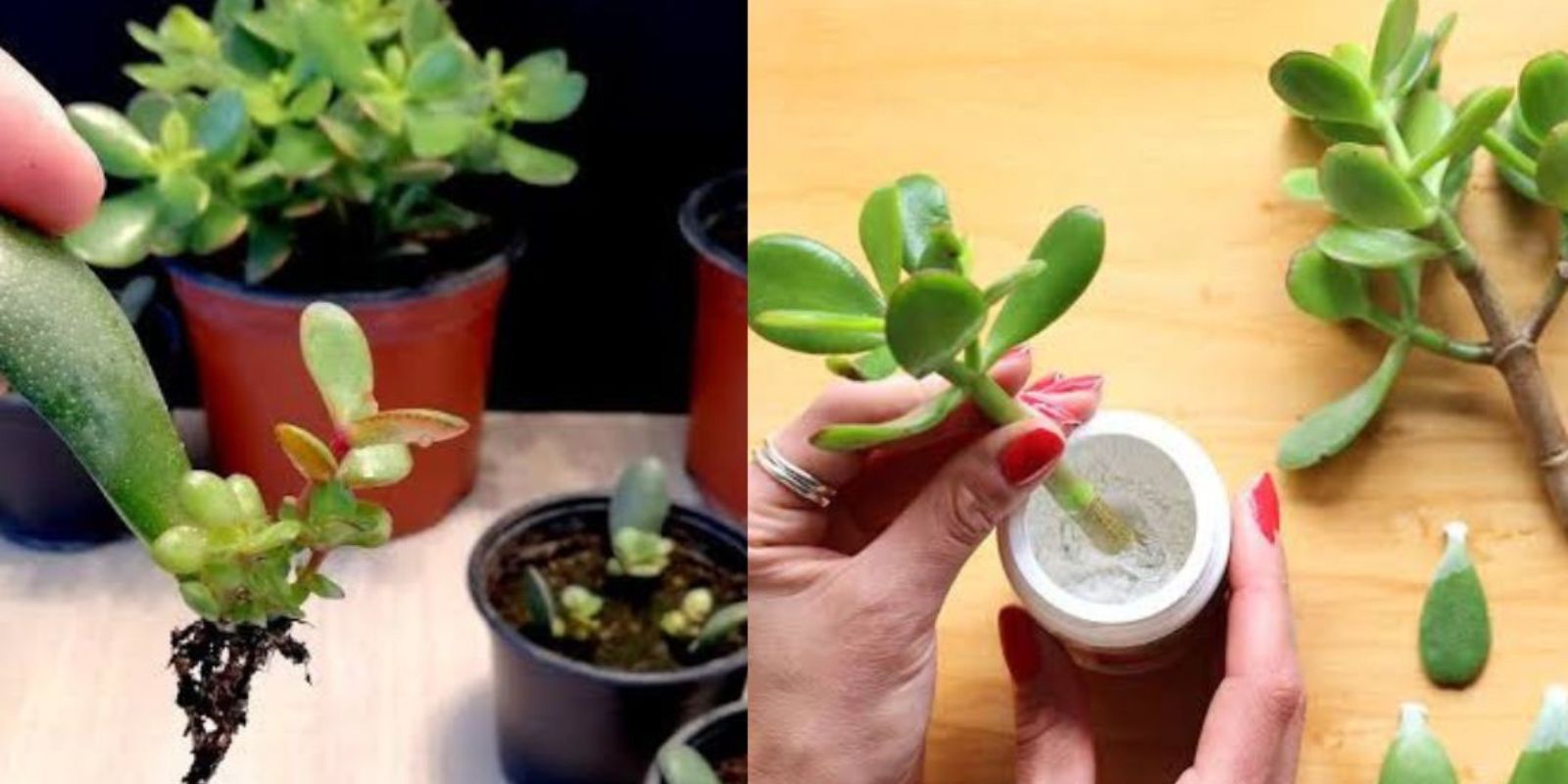Jade plants, also known as Crassula ovata, are a popular choice for plant lovers due to their low-maintenance nature and stunning, thick, glossy leaves. They’re considered symbols of prosperity and good luck in many cultures, making them a favorite indoor plant. One of the best things about jade plants is that they’re incredibly easy to propagate. With just one healthy leaf, you can grow an entirely new plant. This guide will walk you through the process of propagating a jade plant using a single leaf and provide tips for ensuring success.
Why Propagate a Jade Plant?
Propagation is a cost-effective and rewarding way to expand your indoor garden. It’s also an excellent way to share your favorite plants with friends and family. Propagating jade plants from leaves is a fun gardening project that requires minimal resources and delivers significant satisfaction when new roots and shoots appear.
What You’ll Need
To start propagating your jade plant, gather the following materials:
- A healthy jade plant
- Sterilized scissors or pruning shears
- A pot with drainage holes
- Well-draining soil (preferably a succulent mix)
- Spray bottle or watering can
- Rooting hormone (optional)
Step-by-Step Guide to Propagate a Jade Plant
1. Select a Healthy Leaf
Choose a plump, vibrant leaf from your jade plant. The healthier the leaf, the better the chances of successful propagation. Avoid leaves that are wilted, damaged, or discolored.
2. Remove the Leaf
Gently twist the leaf from the stem. If twisting doesn’t work, use sterilized scissors to make a clean cut close to the base of the leaf. Ensure the leaf remains intact, as any damage can hinder rooting.
3. Let the Leaf Dry
Place the removed leaf in a dry, shaded spot for 2-4 days. This allows the cut end to form a callus, preventing rot when planted. Skipping this step increases the risk of failure.
4. Prepare the Soil
Fill a pot with well-draining soil, such as a mix designed for succulents or cacti. Jade plants thrive in soil that mimics their natural environment, so ensure the soil is not overly compact.
5. Plant the Leaf
Lay the callused end of the leaf on the surface of the soil with the cut side facing down. Gently press it into the soil so it stays in place, but do not bury the entire leaf.
6. Water Sparingly
Using a spray bottle, mist the soil lightly to provide moisture. Jade plants are drought-tolerant, so avoid overwatering. Allow the soil to dry out completely between waterings to prevent rot.
7. Wait for Roots and Shoots
Be patient! Root and shoot development can take weeks or even months. During this time, continue misting the soil lightly and keep the pot in a bright, indirect light location. Avoid direct sunlight, as it can scorch the delicate leaf.
8. Transplant the New Plant
Once roots and tiny leaves appear at the base of the leaf, it’s time to transplant the new plant. Move it to a larger pot filled with fresh, well-draining soil. Water sparingly and allow the plant to establish itself.
Tips for Success
- Use Rooting Hormone: For faster root development, dip the cut end of the leaf in rooting hormone before planting.
- Avoid Overwatering: Overwatering is one of the most common causes of failure in jade plant propagation. Remember, less is more when it comes to watering succulents.
- Provide Indirect Light: Place the pot in a spot with bright but indirect sunlight. Direct sunlight can cause leaf burn, while low light may slow growth.
- Be Patient: Propagation takes time, and results may not be visible immediately. Stay consistent with care and trust the process.
Common Mistakes to Avoid
1. Skipping the Drying Phase
Failing to let the leaf callus before planting increases the risk of rot. Always allow the cut end to dry for a few days.
2. Overwatering
Excessive watering can cause the leaf to rot instead of root. Use a spray bottle to mist the soil sparingly.
3. Using Improper Soil
Regular potting soil can retain too much moisture, leading to poor results. Always opt for a well-draining succulent mix.
4. Placing in Direct Sunlight
Direct sun can damage the leaf, especially in its early stages. Ensure the plant is in a well-lit but protected area.
Benefits of Propagating Jade Plants
- Cost-Effective: You can grow multiple plants from a single parent plant.
- Decorative: Jade plants make excellent additions to home décor and also serve as thoughtful gifts.
- Sustainable Gardening: Propagation reduces the need to purchase new plants, contributing to a more eco-friendly gardening approach.
- Therapeutic: Watching a new plant grow from a single leaf can be a calming and rewarding experience.
Care for the New Jade Plant
Once your new jade plant is established, maintain it by following these care tips:
- Water: Water only when the soil is dry to the touch. Overwatering is a common cause of failure in jade plants.
- Light: Place the plant in bright, indirect sunlight for optimal growth.
- Fertilizer: Feed the plant with a balanced, water-soluble fertilizer during the growing season (spring and summer).
Conclusion
Propagating a jade plant from a leaf is a straightforward and fulfilling gardening project, perfect for beginners and experienced plant enthusiasts alike. With a little patience and care, you can turn a single leaf into a thriving plant that adds charm to any space.
💬 Have you tried propagating jade plants? Share your experiences or ask questions in the comments!
🌿 #JadePlantPropagation #IndoorGardening #SucculentLove

